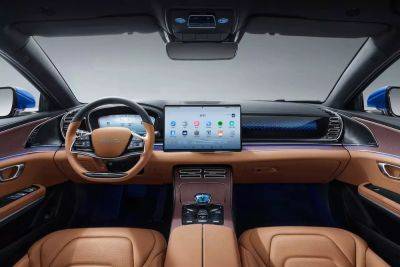The reckoning: Chinese car wars
Out of nowhere in the 1950s, over 100 companies in Japan started making motorcycles. The ensuing competition, now known as the Japanese motorcycle wars, was wild, untamed, often unscrupulous and dazzlingly innovative.
It was a blood sport, piling up corpses all over the dohyō. All British makes were wiped out. Harley Davidson was the only American left standing. Italians were dismembered.
The Japanese also savaged each other, leaving only four surviving Samurai – Honda, Kawasaki, Suzuki and Yamaha. Those were glorious days for Japanese industry.
Japan’s carmakers also had a storied rise but it was far more genteel. Theirs was a story of perseverance, incremental improvement (kaizen), lean production with a laser focus on quality, lacking the kill-or-be-killed bet-the-farm reckless abandon of the motorcycle wars. Toyotas, Nissans and Hondas were exquisitely engineered but they didn’t revolutionize the car. The survivors of Japan’s motorcycle wars went on to develop the crotch-rocket – completely redefining what a motorcycle could be. And the world is a better place for it.
Han Feizi once had gasoline in his veins. He read Iacocca as an impressionable lad and, at one point, could identify every car on American roads just by their taillights (girls have their horse phase). A stint as an engineer at General Motors quickly drained the gasoline from Han Feizi’s young veins.
Han Feizi, however, remained enough of a car guy that, fifteen minutes into the Auto China 2024 exhibition in Beijing, he understood that industrial blood-sport had returned – this time in a far larger arena and with much more at stake. China is repeating the Japanese motorcycle wars, except it’s with cars. It will be bloody and it will revolutionize what







